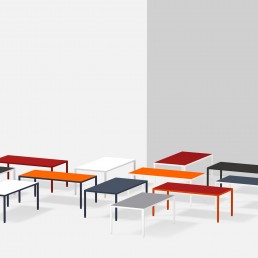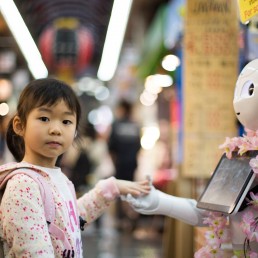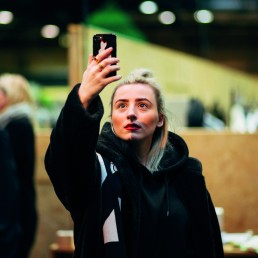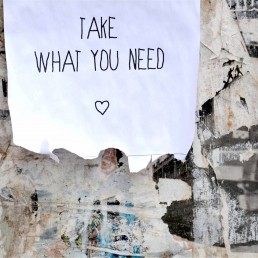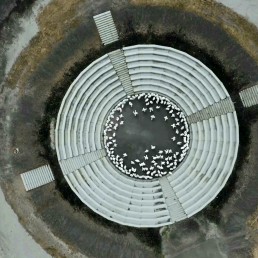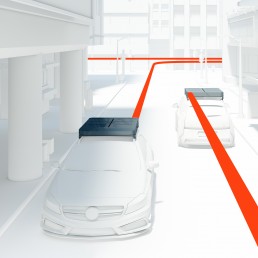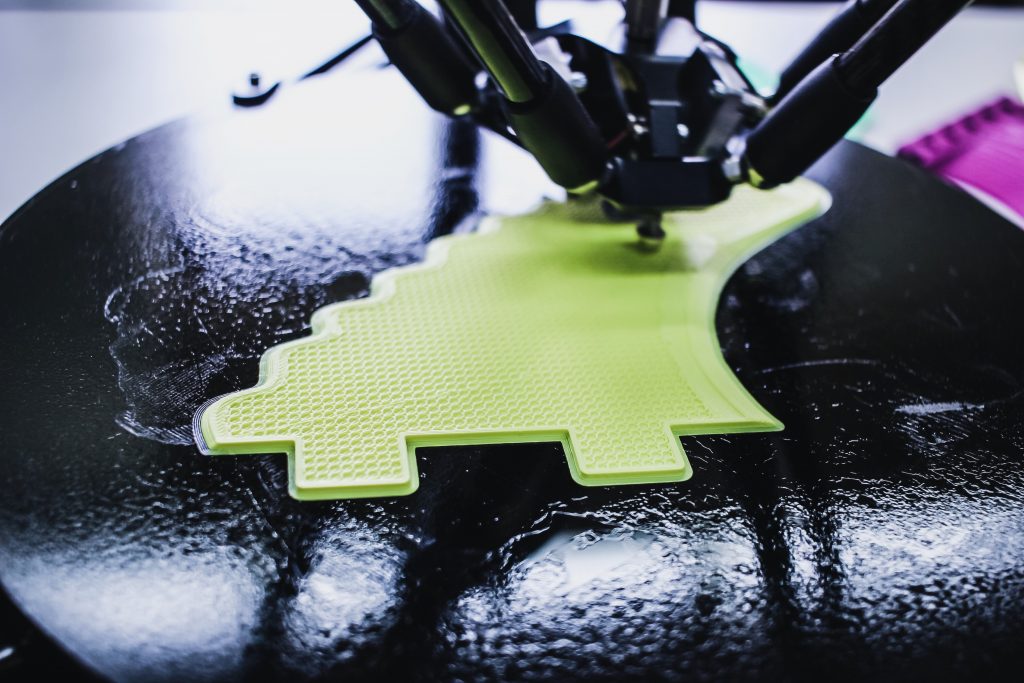
The Physicalization of Design
How Will the Internet of Things Change the Way Designers Work?
By Sebastian Brunner, April 2017, Berlin
The Internet of Things (IoT) is leaving the confines of cyberspace and moving into physical reality. In a new creative economy, designers will share their ideas via decentralized global networks based on open-source creative commons and blockchain technologies. They will become manufacturers, using 3D printers to produce smart and connected physical goods in their local environment.
The paradigm of digitalization will be replaced by the physicalization of digital reality. Human experience in the physical space will be the platform for future innovation. The IoT describes a state, whereas the term “physicalization” describes the process towards that state. The actors in this digitalization are physical natives and digital immigrants; they have yet to step into the virtual age. Conversely, the actors in the physicalization process are digital natives and physical immigrants. They have never experienced the physical economy, and still need to learn its principles. What both processes have in common is that they are challenging, painful, and risky.
Much has been said about the problems that tradition- al economy faces in the process of digitalization: rigid and hierarchic structures, slow innovation cycles, and the persistence of analog thinking. But the process of physicalization is just as risky for digital companies. In 2014, Google acquired the smart home device startup Nest, as well as the robotics company Boston Dynamics. Now, Alphabet, Inc., Google’s holding company, is planning to get rid of both companies since neither has launched a single successful product.
It seems like a completely new breed of physical Internet natives will be needed to drive physicalization forward. The process will not only change technology — it will lead to an entirely new economic and social world order. It will also change the way designers communicate and collaborate with the international community.
Nicholas Negroponte, an MIT professor and co-founder of the Media Lab, described this phenomenon in his 1998 Wired Magazine article with the term “Beyond Digital”. He foresaw that digital technology itself will soon be banal: “Computers as we know them today will a) be boring, and b) disappear into things that are first and foremost some- thing else: smart nails, self-cleaning shirts, driverless cars, therapeutic Barbie dolls.” The surprising thing will be the change this will cause in the way we live and manage ourselves on this planet. The term “digital” will soon be seen as ignorant in regard to its implications as the term “horseless carriage”.
The advertising strategist Russell Davies has introduced the term “Post Digital”, observing that more and more members of the DIY maker subculture have begun to experiment with physical objects instead of screens. These creators aim to solve problems by simple technology, almost free of charge. For example, they use 3D printers and open-source hardware to build solar power plants. Analysts expect that the maker movement will start a surge of innovation similar to the one characterized by the birth of Internet in the 1990s.
The process of physicalization will lead to a new way for humans to work and organize themselves. The highly influential economist Jeremy Rifkin has described this scenario in his book “Zero Marginal Cost Society”. Poli- ticians like Angela Merkel and the Chinese Premier Li Keqiang not only read Rifkin’s books, but also derive some of their strategies from his ideas. He notes that capitalism has the tendency to increase productivity and to minimize marginal costs. “Marginal costs” are the costs of produc- ing an additional unit of a product or service after the fixed costs are covered. At a certain point, marginal costs become so low that they are not sufficient to support a large, vertically integrated organization. In a not-so- distant future, the advent of the IoT will drive the capitalist corporate structure.
What will follow is not a state-oriented socialist system, but rather a collaborative commons society. This society will work on principles of civil initiatives that aim for the common good, similar to today’s non-profit sector. In such a world, the capitalist idea of ownership of scarce resources will give way to access and sharing.
According to Rifkin, the production of physical goods in the real world will go through a similar development to that of the new media industry. The development of social media transformed passive consumers into active prosumers, who produce their own content and redistribute it through lateral networks for free, all while almost bypassing the capitalist market. Through the Internet, the marginal costs of media content decreased nearly to zero. This made it impossible for many large, centralized news organizations to survive.
So far, industry analysts have claimed that this zero marginal cost phenomena will not pass the digital-to- physical firewall. However, Rifkin claims that the IoT is enabling this transition to happen currently. This system will soon allow billions of people to not only produce, but also share energy, physical goods, and information with each other.
The traditional Internet is now converging with an energy Internet and a logistics and transportation Internet. This single neural network is connected to billions of sensors that are placed into appliances and products within the entire economic value chain. These sensors are feeding back data into the network, and, with network neutrality in place, there will be equal access to this data. This will make it possible for every prosumer to use this data, increase their productivity, and reduce their marginal cost in the production of physical things.
In this future scenario, vertically integrated corporations will dissolve. Designers will not be employees of centralized networks like WPP and Omnicom, or manufacturing companies like Toyota or Phillips. Rather, they will work in shared co-working spaces, where they can form project groups from global professional networks according to scope and task. They will create and share blueprints for 3D-printed products based on collaborative commons.
Designers will become manufacturers. Coworking spaces, maker spaces, and fab labs will be equipped with shared 3D printers, CNC machines, laser cutters, and digital knitting machines. The energy will come from a decentralized power grid of solar panels on local rooftops. The decentralized logistics network of the vehicle-sharing economy will distribute the goods.
That being said, Rifkin’s ideas can be criticized, because prosumer contribution can also be seen as just another form of digital labor for centralized actors like Google, Facebook, LinkedIn, AirBnB, Uber, and Behance. The blockchain is a platform that demonstrates how the idea of a decentralized economy would work practically.
The blockchain, a distributed ledger, allows people to engage in transactions on a peer-to-peer basis, without the need to rely on a central authority to provide trust. It began in 2009 with the crypto-currency Bitcoin, which used cryptology to secure transactions and then record them on the network for all to see.
Vitalik Buterin expanded on this idea with Ethereum, adding a software layer to blockchain technology, enabling users to code “virtually anything”. His ambition is also to rebuild the Web, transferring control back to the populace and away from centralized powers. The goal is to improve privacy and gain independence from governments and corporations. Among the projects that are seizing Ethereum’s potential, decentralization is key. Some want to replace states and governments, or build an Uber cooperatively owned by its drivers. Others are creating a marketplace of skills, implementing an energy smart grid made of prosumers, inventing a direct music distribution system, or crowdfunding, crowdsourcing, and crowdstorming the projects of tomorrow.
Beyond data transmission, communication and transaction with objects in the IoT is another realm where blockchain can be a game changer. For banks, who are investing heavily to explore blockchain technology, the platform could provide a cost-cutting solution to problems of efficiency and transparency, or usher in the banks’ own demise. The caveat, of course, is that one must keep in mind that technology should be applied to problems, and not the other way around. Some startups could build their project much better with other technology — albeit with less hype.
Colony is a social collaboration platform that could show how a decentralized future of design work would look like. It was started by Jack Du Rose, who designed the jewellery for Damien Hirst’s diamond skull. His intention was to start a high-quality project by collaborating with the world’s best jewellery designers. Colony allows people to build projects with professionals around the globe; it is as easy to start and grow as a Facebook site. It uses blockchain technology and smart contracts, and the projects are organized by artificial intelligence, not by managers. The ownership of the projects is not centralized, but distributed to all participants in the exact proportion of the value of their contribution.
Designers of the future will work in a post-national state and post-corporate world. It will be a lot easier for them to exchange ideas globally and produce them locally without any value-extracting mediators. ■


